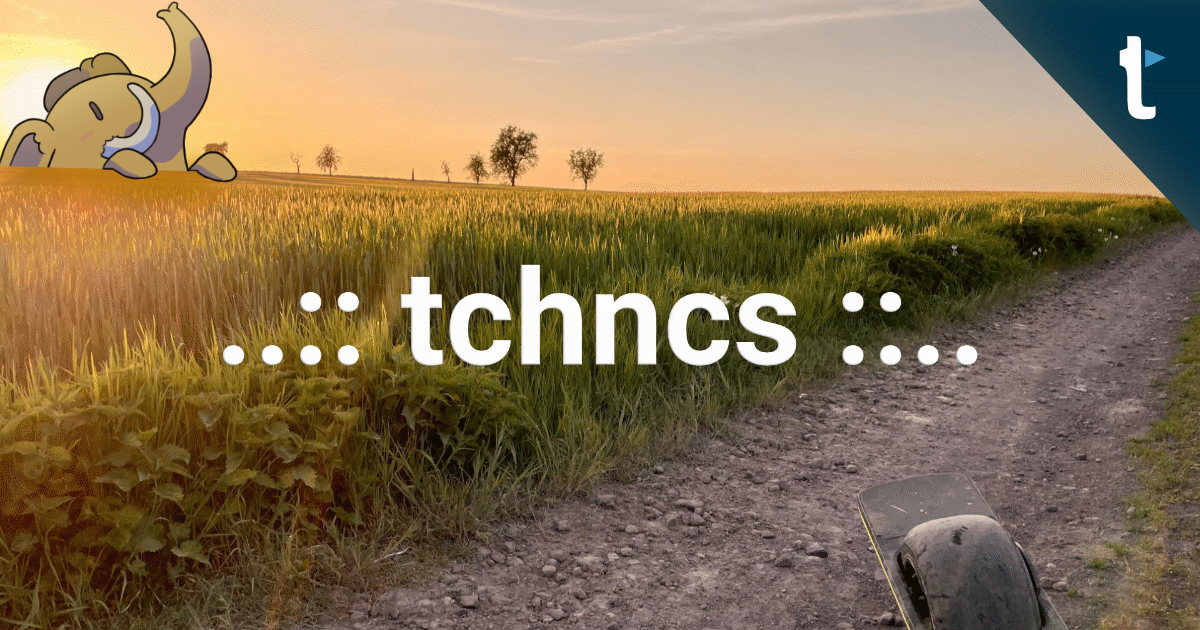"Invasive cancer cells soften collagen networks and disrupt stress-stiffening via volume exclusion, contractility and adhesion"
https://www.biorxiv.org/content/10.1101/2025.04.11.648338v1?rss=1 #Extracellular #Mechanical #Adhesion
Recent searches
Search options
#adhesion
"Implicit Incompressible Porous Flow using SPH"
https://arxiv.org/abs/2504.07739 #Physics.Flu-Dyn #Adhesion #Forces #Cs.Gr
"Functional assessment of migration and adhesion to quantify cancer cell aggression"
https://doi.org/doi:10.1039/d4sm01351d
https://pubmed.ncbi.nlm.nih.gov/40151848/
#Mechanical #Adhesion #Cell
"Nanodroplet Dynamics: Coalescence and Impact"
https://arxiv.org/abs/2503.13659 #Physics.Flu-Dyn #Dynamics #Adhesion
"Perfect Stabilization of Biomolecular Adhesions under Load"
https://arxiv.org/abs/2503.11510 #Physics.Bio-Ph #Cond-Mat.Soft #Mechanical #Adhesion
"Adhesion to a common ECM mediates interdependence in tissue morphogenesis in Drosophila"
https://www.biorxiv.org/content/10.1101/2025.03.15.643376v1?rss=1 #Morphogenesis #Mechanical #Adhesion
Anti-Icing Polar Bear Fur
Despite spending their lives in and around frigid water, snow, and ice, polar bears are rarely troubled by ice building up on their fur. This natural anti-icing property is one Inuits have long taken advantage of by using polar bear fur in hunting stools and sandals. In a new study, researchers looked at just how “icephobic” polar bear fur is and what properties make it so.
The key to a polar bear’s anti-icing is sebum — a mixture of cholesterol, diacylglycerols, and fatty acids secreted from glands near each hair’s root. When sebum is present on the hair, the researchers found it takes very little force to remove ice; in contrast, fur that had been washed with a surfactant that stripped away the sebum clung to ice.
The researchers are interested in uncovering which specific chemical components of sebum impart its icephobicity. That information could enable a new generation of anti-icing treatments for aircraft and other human-made technologies; right now, many anti-icing treatments use PFAS, also known as “forever chemicals,” that have major disadvantages to human and environmental health. (Image credit: H. Mager; research credit: J. Carolan et al.; via Physics World)
"Focal adhesion in the tumour metastasis: from molecular mechanisms to therapeutic targets"
https://doi.org/doi:10.1186/s40364-025-00745-7
https://pubmed.ncbi.nlm.nih.gov/40045379/
#Extracellular #Mechanical #Adhesion
"High Speed Imagery Analysis of Droplet Impact on Soft Oil Infused Surface"
https://arxiv.org/abs/2503.02871 #Physics.Flu-Dyn #Adhesion #Dynamics
Découvrez l'adhésion à l'ADULLACT !
Pourquoi adhérer ?
L’ADULLACT accompagne ses adhérents sur 4 axes clés :
Logiciels libres
Expertise
Services en ligne
Animations
Envie de nous rejoindre ou d’en savoir plus ? Rendez-vous sur notre site pour adhérer ou découvrir nos services : https://adullact.org/association
"Focal adhesion dynamics-mediated cell migration and proliferation on silica bead arrays"
https://doi.org/doi:10.1039/d4bm01659a
https://pubmed.ncbi.nlm.nih.gov/40012335/
#Extracellular #Mechanical #Adhesion #Dynamics
"A highly sensitive, self-adhesive, biocompatible DLP 3D printed organohydrogel for flexible sensors and wearable devices"
https://arxiv.org/abs/2502.17208 #Cond-Mat.Mtrl-Sci #Physics.App-Ph #Mechanical #Adhesion
#Volodymyr #Zelensky prêt à quitter la présidence "immédiatement" en échange d’une #adhésion de l’ #Ukraine à l’ #Otan
#Volodymyr #Zelensky prêt à quitter la présidence "immédiatement" en échange d’une #adhésion de l’ #Ukraine à l’ #Otan
www.lexpress.fr/monde/europe...
Ukraine : Volodymyr Zelensky p...
"Physical properties, microbial adhesion, and biocompatibility of additively manufactured ceramic-reinforced resin: Effect of zwitterionic polymer content"
https://doi.org/doi:10.1016/j.prosdent.2025.02.005
https://pubmed.ncbi.nlm.nih.gov/39984406/
#Mechanical #Adhesion
"Advanced 3D-Printed Multiphasic Scaffold with Optimal PRP Dosage for Chondrogenesis of BM-MSCs in Osteochondral Tissue Engineering"
https://arxiv.org/abs/2502.11130 #Mechanical #Q-Bio.To #Adhesion
"Restrictive Heterointerfacial Delamination in Flexible Perovskite Photovoltaics Using a Bifacial Linker"
https://doi.org/doi:10.1002/adma.202419329
https://pubmed.ncbi.nlm.nih.gov/39945046/
#Mechanical #Adhesion
"Mechanism of Bushen Huoxue Formula in regulating endometrial oxidative stress and fibrosis"
https://doi.org/doi:10.19540/j.cnki.cjcmm.20240712.711
https://pubmed.ncbi.nlm.nih.gov/39929663/
#Mechanical #Adhesion
"A thiol-ene click-based strategy to customize injectable polymer-nanoparticle hydrogel properties for therapeutic delivery"
https://doi.org/doi:10.1039/d4bm01315h
https://pubmed.ncbi.nlm.nih.gov/39898598/
#Mechanical #Adhesion

